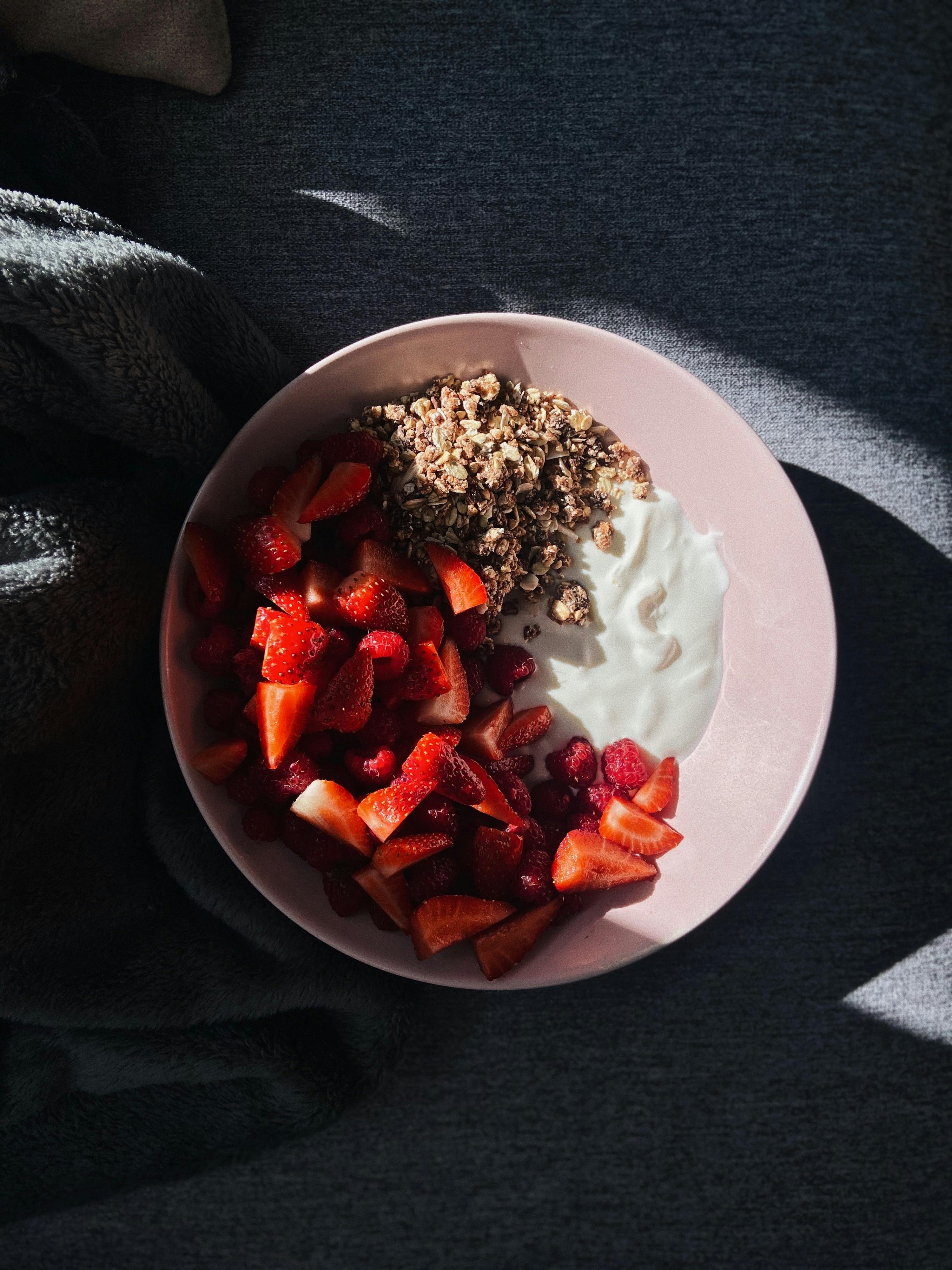Granola often finds itself on the list of healthy breakfast options. However, the truth about granola as a health food is shrouded in misconceptions. As a nutritionist with certifications as a chef from the ENSO GRANOLA, I specialize in making high-end granola. My company produces 2,000 pounds of healthy granola annually, all handmade without automation or mixers. With this expertise, I want to clarify some common misunderstandings about granola cereal.
Historical Context
Granola, originally called “Granula,” was invented by Dr. James Jackson in New York in 1863. At that time, foods high in carbs and sugar were considered healthy as they provided energy to combat illness and promote growth. Fast forward to the 1960s, and granola was marketed as a health food amidst a backdrop of emerging nutritional science that was still in its infancy.
Misconceptions About Granola
- Granola’s Nutritional Profile: Granola cereal was never meant to be low-carb or low-sugar. The idea of granola as a health food is over 150 years old, rooted in a time when our understanding of nutrition was vastly different.
- Granola for Weight Loss: As a nutritionist, I advise my clients that granola cereal is not ideal for weight loss. It's best to reduce carb intake for weight loss, and granola is rich in carbs. However, granola is excellent for weight maintenance and provides long-term energy, making it a good choice for activities like hiking or workouts.
Modern Granola: A Balanced Food
Granola, when prepared correctly, is a well-rounded food providing sustained energy. The complex carbs in oats take time to digest, while simple sugars offer immediate energy. It’s essential that the oil in granola is moderate, complementing the fats from nuts and seeds, achieving an average nutritional balance of 65% carbs, 25% fats, and 10% protein.
Granola’s Nutritional Benefits
Packed with Nutrients and High in Fiber
Healthy granola is packed with vitamins, amino acids, and depending on its ingredients, can be a nutritionally complete meal. Oats, a key component, are moderate anti-coagulants, which means they naturally do not clump together. Therefore, granola that forms clusters or bars often contains excessive sugar or unhealthy binders.
Easy to take on the go
Granola has been a favorite among hikers and backpackers due to its easy storage and long shelf life. Similar to trail mix, granola provides essential energy and protein for endurance activities.
Granola can also be made into snack bars, which are convenient for portion control and easy to carry. However, it's important to note that many commercial granola bars are often highly processed and contain added sugars, oils, and other additives, which can diminish their nutritional value.
Downsides of granola
While granola has healthy ingredients, it can also be high in calories and added fats and sugars. Oils and nut butters used for binding and flavor add extra calories, which can lead to weight gain if you eat more than the recommended portion.
The USDA suggests limiting sugar intake to 10% of daily calories, about 12 teaspoons (50 grams) for a 2,000-calorie diet. Some granolas contain up to 4 teaspoons (17 grams) of sugar per serving, making it easy to exceed this limit and increase your sugar intake.
Healthy Eating Tips
When shopping for granola, carefully read nutrition labels due to the varying ingredients among brands. Here are some tips:
- Check Ingredients: Look for granolas made with all-natural ingredients like oats, nuts, seeds, and dried fruit. Avoid products with artificial flavors or chemical additives.
- Look for Protein and Fiber: Choose granolas with at least 3–5 grams of fiber per serving.
- Check Sugar Content: Opt for granolas with lower sugar content.
- Mind the Serving Size: Be aware of serving sizes, as they can vary and affect how much you consume.
- Make Your Own: Homemade granola can help control added sugar and fat. However, watch your portions as nuts and seeds are calorie-dense.
Moderation is key. Granola can be part of a healthy diet when eaten in appropriate portions.
Nutritional Comparison of Granola Brands (Per 50 grams)
Granola is calorie-dense and rich in protein, fiber, and micronutrients like iron, magnesium, zinc, copper, selenium, B vitamins, and vitamin E. However, its nutritional profile varies widely based on the ingredients used.
The table below compares the nutrients in four different brands of granola:
| Nutrient | ENSO Pistachio & Seasalt Granola (50 grams) | Terra Bread Original Granola (50 grams) | Purely Elizabeth Ancient Grain Original Granola (50 grams) | LOVE CRUNCH Dark Chocolate & Red Berries Granola (50 grams) |
|---|---|---|---|---|
| Calories | 217 | 236 | 217 | 229 |
| Protein | 5 grams | 5.45 grams | 5 grams | 4.17 grams |
| Fat | 11.67 grams | 11.82 grams | 8.33 grams | 8.33 grams |
| Carbs | 25 grams | 29.09 grams | 30 grams | 33.33 grams |
| Fiber | 3.33 grams | 3.64 grams | 3.33 grams | 3.12 grams |
| Sugar | 8.33 grams | 10.91 grams | 10 grams | 10.42 grams |
This table allows for easy comparison of the nutritional content across different granola brands, helping you make an informed choice based on your dietary needs.
The bottom line
Granola has its place as a nutritious food when consumed wisely. While it may not be the best for weight loss, it’s an excellent energy source and can be part of a balanced diet. Understanding the history and nutritional context of granola helps dispel myths and promotes informed dietary choices.




